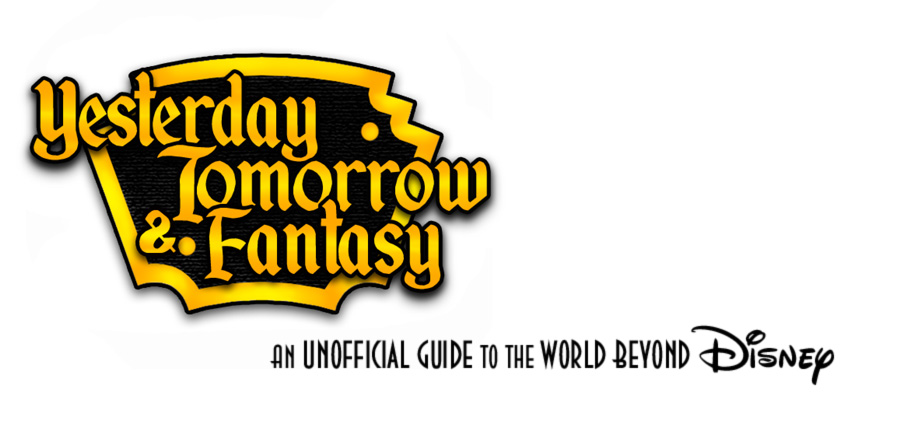The Disney company did not close down shop with the death of Walt Disney. On the contrary, the period after his death was a general period of expansion for the company, particularly concerning its Florida resort.
Walt Disney World opened on October 1, 1971 with the Magic Kingdom, Contemporary and Polynesian Village Resorts, and Fort Wilderness campground, and steadily added to it throughout the following decade, culminating in EPCOT Center in 1982. A year later, Disney's first international resort, Tokyo Disneyland opened. Ironically, Walt's brother Roy, who took charge and saw the WDW project through in honour of Walt, himself died only a few months after the opening of the "Vacation Kingdom." Under the leadership of Card Walker and Ron Miller, Walt's son-in-law, Disney expanded into new fields of film (including the adult-oriented Touchstone Pictures label) and new types (including such innovative films as Tron and Pete's Dragon). Wonderful World of Color was rechristened to the now more-familiar Wonderful World of Disney in 1968 and The Disney Channel began broadcasting in 1983. For those not willing to wait for television's schedule, Disney released its first videocassettes in 1980. In 1967 alone, less than a year after Walt's passing, both Pirates of the Caribbean and the new Tomorrowland debuted, the latter including Adventure Thru Inner Space, Carousel of Progress, and the PeopleMover.
 |
| Nice jumpsuits. Walt Disney World opens October 1, 1971. Photo: Disney. |
Unfortunately, this experimentation did not regularly pay out box office dividends. Disney's films typically underperformed and during this time, up to 70% of the company's revenue came from the two theme park resorts, Disneyland and Walt Disney World. By 1984, the majority of Disney's theatrical releases were reissues of their classics. 1969 alone saw the re-releases of Darby O'Gill and the Little People, One Hundred and One Dalmatians, Bambi, Peter Pan, The Incredible Journey, Fantasia, and Swiss Family Robinson. The Robinsons would find themselves back in theatres in 1972, 1975, and 1981, hardly letting grass grow under their feet. In 1979, Don Bluth lead a mass exodus of animators, practically destroying the department. Unbelievably, the only film to be released under the Disney brand in 1984 was Tim Burton's Frankenweenie, the short that got him fired from the company. This underperformance led to fractured board of directors, a takeover bid by Saul Steinberg, followed by the ousting of Miller and introduction of Michael Eisner.
What could account for it? For one, there had been diminishing returns in the years preceding Walt's death. The public became less entranced with Disney from the financial loss of 1959-1960 onward, and it's difficult to say that the company wasn't mainly peddling in mediocrity from 1964. The quality of Disney's films into the Seventies was largely consistent with the Sixties, though without the same highlights.
The blame isn't directly on Roy Disney, Walker, Miller, or the Disney company
per se. That consistency might have put them at an even keel had society not changed around them. After the Golden Age of global peace promised by Walt in the Fifties, America's youth now found themselves bitterly divided on the question of Vietnam. The Space Race was won by America on July 20, 1969, and promptly forgotten. The new frontier was not outer space or inner space or liquid space, but a broadening idea of justice at home. The Civil Rights and Black Power movements, American Indian Movement and emergence of Native Americans as a political voice, Second Wave Feminism, the Sexual Revolution and Summer of Love, Woodstock, Stonewall, the anti-war movement, Vatican II,
post-colonialism, the decline of the British Empire, and the British economic depression that fermented the Punk movement, all transformed Western society irrevocably, let alone the United States. On August 6, 1970, the Yippies took over Disneyland in vain defiance of squaredom. President Jimmy Carter even took to the airwaves in 1979 to chastise Americans for their sense of pessimism and malaise. This spirit entered into film, perhaps no better exemplified than in the indulgent motion pictures of Stanley Kubrick. Dour spectacles of barbarism and hopelessness like 2001: A Space Odyssey and A Clockwork Orange left Disney's productions looking beyond quaint.





